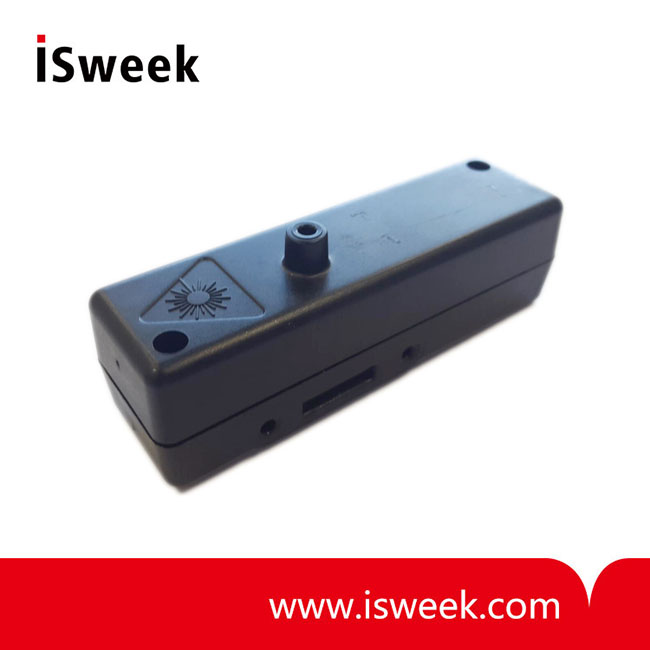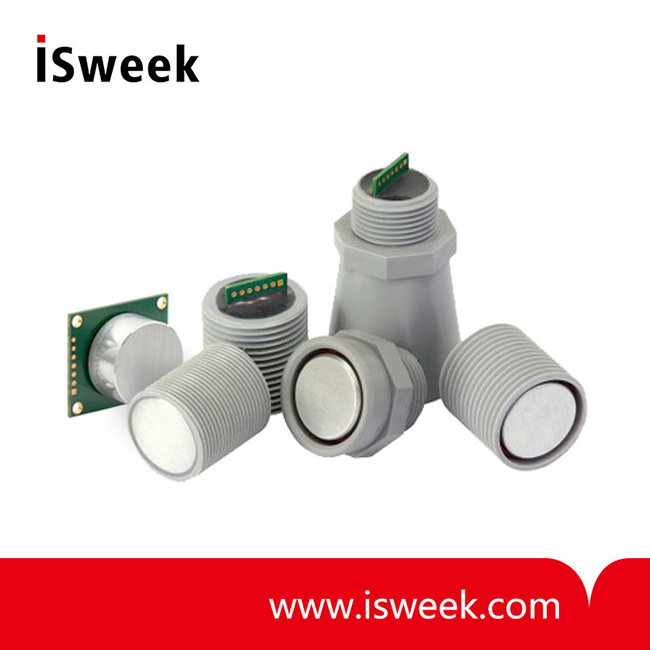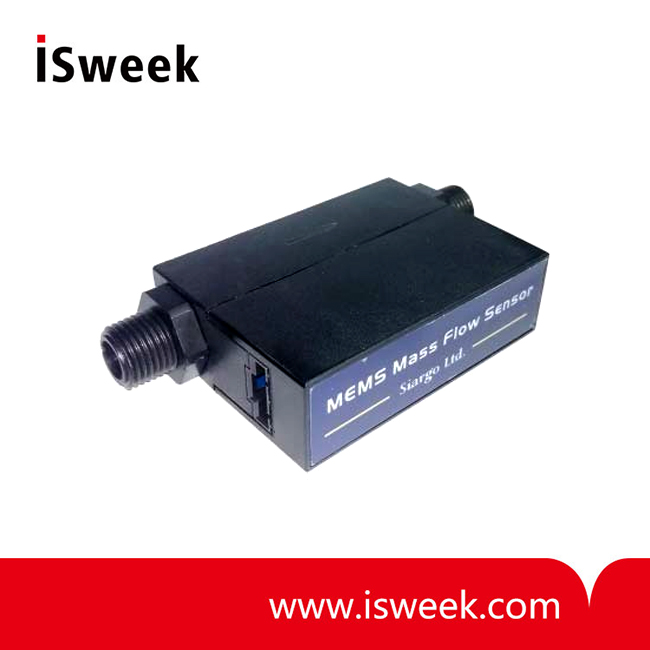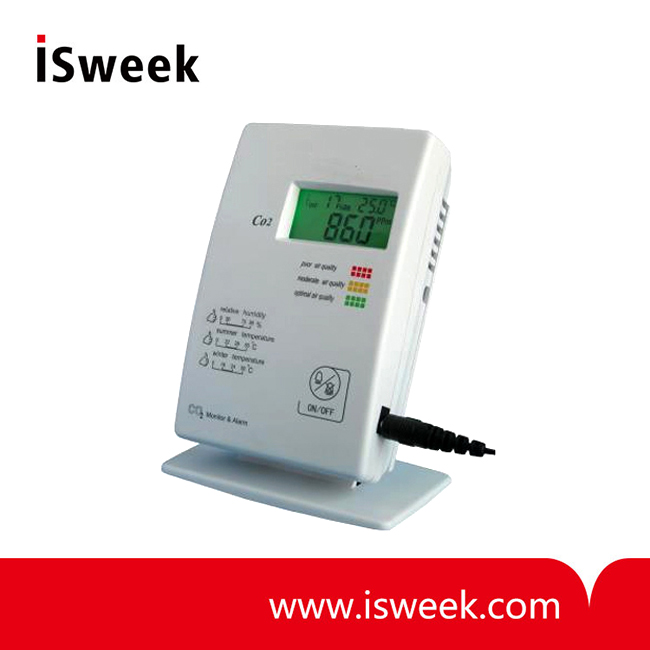Municipal sewers, sewage conduits, bilge wells, and septic tanks transport both sanitary and industrial wastewater in urban areas. In these relatively sealed spaces, organic and inorganic matter in wastewater is decomposed by microbial action under anaerobic conditions, generating toxic and combustible gases. Without proper management and supervision, these gases can accumulate to dangerous levels—posing risks of poisoning, fire, or even explosion.
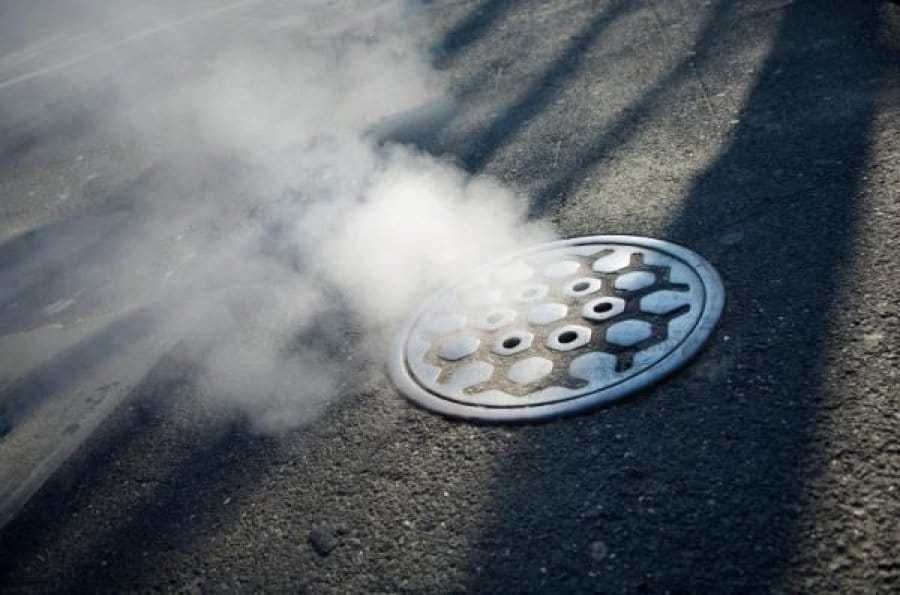
Gas Explosion Risks and Seasonal Alerts
In recent years, numerous gas explosion incidents have occurred in municipal blow-off lines because of excessive combustible gas concentration in sewers and septic tanks. For example, an incident in Dali on March 23rd during the desilting process of the W3-74 sewage open caisson resulted in five injuries and three fatalities. Studies analyzing 47 typical sewage treatment accidents have revealed that the high-incidence season falls between May and September, urging wastewater treatment staff to heighten vigilance during this period.
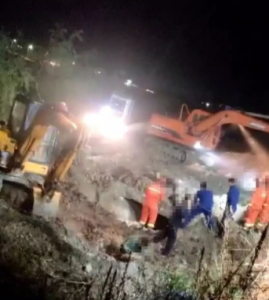
The Role of Smart Sensing Technology in Urban Sewage Conduits
Individual vigilance alone cannot fully manage the complex conditions within pipelines. The integration of modern smart monitor and precaution system technology is essential for urban sewage conduits. By installing various sensors, real-time monitoring of internal pipeline conditions is achieved, reducing risks effectively. A comprehensive system for combustible gas detection in urban sewage conduits typically includes:
- Combustible Gas Sensors
- Toxic Gas Sensors
- Methane Sensors
- Liquid Level Sensors
- Temperature & Humidity Sensors
- Oxygen Sensors
These smart sensing technologies enable the continuous collection and transmission of data to the dispatch centers of sewage treatment plants. When data indicates that levels of toxic gases such as methane, propane, or butane exceed safe thresholds, alarm signals are immediately issued, allowing staff to take precautionary measures to prevent accidents.
Recommended Sensors for Combustible Gas Detection
Based on application requirements and market feedback, ISWeek recommends the following cost-effective sensors and modules:
Figaro Combustible Gas Sensor AG-2-H2-MA2610(D)
This pre-calibrated module (applying the TGS2610-D00 sensor) offers durability and stability. It outputs a PWM signal proportional to the detected gas concentration, stores factory calibration data, and can detect sensor wire breakage or short-circuits. Operating in a wide temperature range of -10°C to 70°C, it exhibits low cross-sensitivity to organic gases and enhanced resistance to silicon compounds—making it ideal for harsh environments.
Figaro Methane Gas Sensor Module AG-2-CH4-MA2611(D)
Designed for methane gas alarms, this pre-calibrated module utilizes the TGS2611 sensor with an optimized circuit to accurately measure methane concentration. Calibrated with highly accurate equipment, it reduces development and production costs, simplifying the manufacturing of gas alarms for civil natural gas applications.
Humirel Digital Temperature & Humidity Sensor HTU21D
Capable of measuring relative humidity from 0% to 100% RH and temperatures from -40°C to 125°C, this sensor features DFN packaging suitable for reflow soldering and a compact size of 3×3×1mm. With calibrated linear I²C digital output and a lead-free design, it serves as an excellent replacement for SHT21 and SHT20 sensors in various applications including motors, vehicles, medical care, industrial control, consumer electronics, and household appliances.
It is high time to apply modern sensing technology to monitor urban pipelines. This significant advancement in urban management not only protects personal and property safety but also ensures that data from sensors is continuously transmitted to sewage treatment plant dispatch centers. There, the collected data is analyzed, and alarm signals are issued immediately if hazardous gas levels are detected, allowing for timely precautionary measures to prevent accidents.



